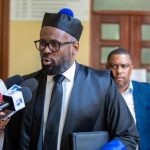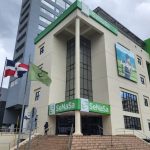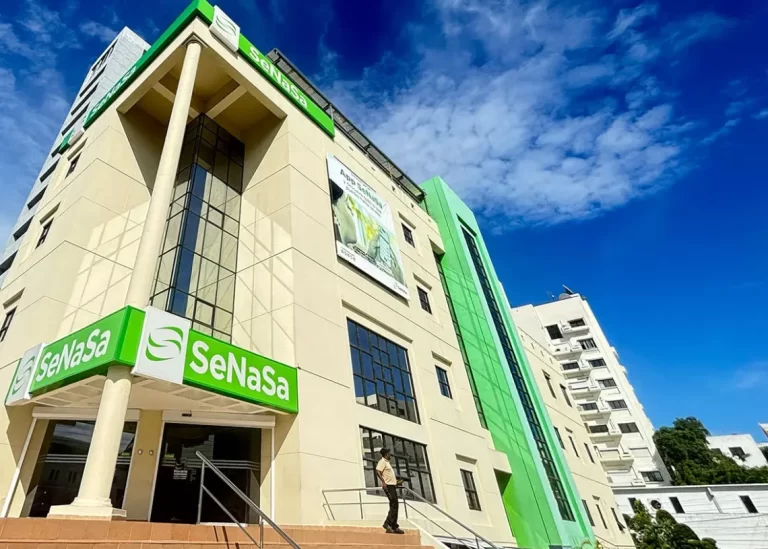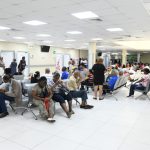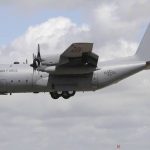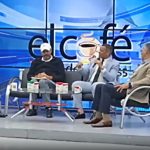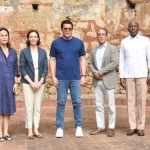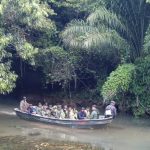Robotics transforms the lives of underprivileged children
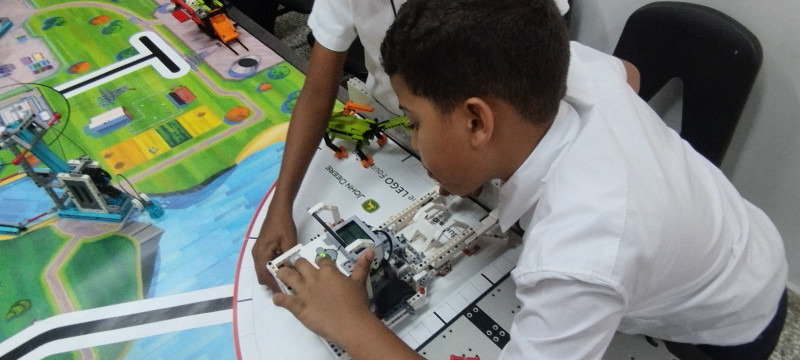
Santiago.- Charís Liriano, an 11-year-old student at Francisco Arias Elementary School and a member of the Ciudad Santa María (Cisama) project, proudly states, “Robotics taught me that no matter the problem if we are willing to do that, we can achieve it.” Liriano is part of a diverse team of six girls and four boys, aged between 10 and 15, hailing from underprivileged areas such as La Otra Banda, La Joya, and La Barranquita in the city. Together, they have discovered how robots can improve the lives of their communities through engaging in the field of robotics.
Meudy Monción, a 10-year-old team member, shares his initial experience of explaining robotics classes to his family. His father, a vehicle electrician, and his mother, a pharmacist, were unfamiliar with the concept. “I had to explain to him what robotics was, the missions, and the attachments,” he recounts. Sofia Reyes, also 10 years old and part of the team, adds, “I had to show videos of how the robots work to my mom so she could understand.”
Located in the impoverished sector of La Otra Banda, Cisama stands as a beacon of hope in a community marked by poor infrastructure, limited access to basic services, and traffic chaos. The educational, community, and Catholic center has been implementing an educational model based on the Finnish approach for the past 14 years. The primary goal of Ciudad Santa María is to foster happiness, personal growth, values, spirituality, and technological proficiency among its students.
As part of their curriculum, students from third to eighth grade at Ciudad Santa María receive robotics classes. Among the students, 10 were selected to represent Cisama in local and regional competitions this year. They are currently striving for a spot in the First Lego League (FLL).
The young members of the robotics team face the harsh realities of their neighborhood daily, including poverty, overcrowding, explicit music, and limited opportunities. Despite these challenges, they have learned to dream big and believe in achievable futures. Kiara Rodríguez, aged 12, shares, “Before taking this course, I wanted to be a flight attendant, and now I want to be an architect.” For Jana Vásquez, aged 13, the transformation goes beyond long-term aspirations: “We went from seeing a problem to seeing an opportunity.”
Robotics classes have equipped these children with essential life skills, such as discipline, teamwork, conflict resolution, and the development of observation, creativity, and innovation. Estiven Tejada, aged 10, explains, “Robotics taught us that we can learn from our mistakes, that not everything is perfect, and if we put our ideas together, we can do something better.” As a group, they express that they have learned the importance of prioritizing people over robots.
Professor Walesa Morel, who leads the classes, explains that the purpose is to utilize technology to enhance the community. Therefore, the project Cisama competes with within the FL is rooted in addressing a specific problem within their neighborhood.
Source: INDIRA VASQUEZ, Listin Diario



